
Exploring the Diversity: Various Succulent Types in My Collection
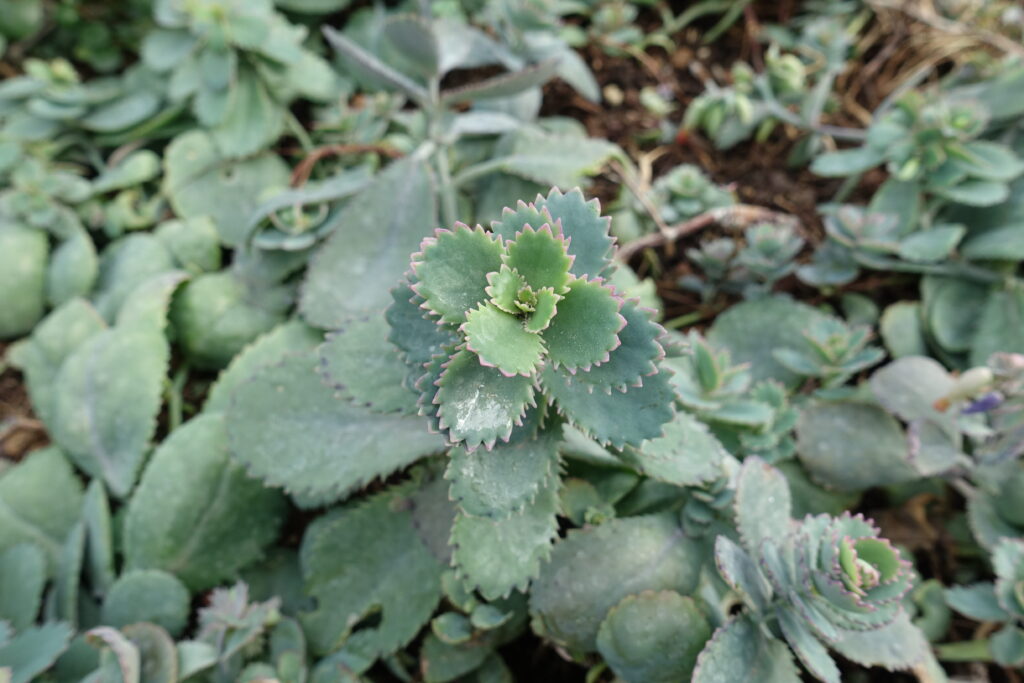
When it comes to indoor gardening, succulents have gained immense popularity in recent years. Their unique and diverse range of shapes, colors, and textures make them a favorite among plant enthusiasts. Succulents are known for their ability to store water in their leaves, stems, or roots, allowing them to thrive in arid conditions. From the iconic rosette-shaped echeverias to the spikey haworthias, succulents come in numerous varieties, each with its own distinctive features and care requirements.
We will take a closer look at the different types of succulents in my personal collection. We will explore their individual characteristics, including their growth habits, sunlight and watering needs, and tips for propagation. From the hardy and low-maintenance jade plants to the delicate and trailing string of pearls, we will delve into the fascinating world of succulents and discover the beauty and diversity they bring to any indoor garden.
There are numerous types of succulents in my collection
When it comes to succulents, the variety is truly astounding. In my collection alone, I have been fortunate enough to gather a diverse assortment of succulent types. Each one is unique in its own way, adding a touch of beauty and charm to my living space.
Sempervivum
One of the standout succulent types in my collection is the Sempervivum, also known as the "hens and chicks." These lovely plants form rosettes with fleshy leaves that come in a range of colors, from vibrant greens to deep purples. What makes them even more fascinating is their ability to produce offsets, known as "chicks," which emerge around the "hen" plant. This gives them a captivating and eye-catching appearance.
Echeveria
Another stunning succulent type I have is the Echeveria. These plants are characterized by their rosette-shaped arrangement of thick, fleshy leaves. They come in a wide array of colors, including blue, green, pink, and even purple. Echeverias are known for their intricate patterns and beautiful textures, making them a favorite among succulent enthusiasts.
Aloe
The Aloe succulent type is also prominent in my collection. Aloe plants are revered for their medicinal properties, but they also add a touch of elegance to any space. With their spiky leaves arranged in a rosette, they create a striking visual impact. Aloe succulents also produce vibrant, tubular flowers that add a pop of color to their already captivating appearance.
Haworthia
Haworthia succulents are small, compact plants that are renowned for their unique and intricate patterns. With their spiky or ridged leaves, these succulents create a mesmerizing geometric display. The Haworthia family encompasses various species, each with its own distinct features, making them a captivating addition to any succulent collection.
 Find Long-Stemmed Succulents: Discover Elongated Varieties
Find Long-Stemmed Succulents: Discover Elongated VarietiesCrassula
Lastly, I can't forget to mention the Crassula succulents in my collection. These plants are known for their thick, fleshy leaves and branching stems. They come in a range of shapes and sizes, from the iconic Jade Plant (Crassula ovata) with its tree-like appearance to the compact Crassula perforata. Crassulas are not only visually appealing but also easy to care for, making them perfect for beginners.
Overall, the diversity of succulent types in my collection brings me immense joy. Each one has its own distinct charm and characteristics, making my succulent journey a fascinating and ever-evolving adventure.
I have a wide range of succulent species to explore
If you are a succulent enthusiast like me, then you know that succulents come in an incredible variety of shapes, sizes, and colors. In my collection, I am fortunate to have a diverse range of succulent species that never fails to amaze me.
Echeveria
One of the most popular and beloved succulent types in my collection is the Echeveria. With their rosette-shaped leaves and vibrant colors ranging from deep greens to purples and even pinks, Echeverias are truly eye-catching. These succulents are known for their ability to form beautiful clusters, making them a stunning addition to any garden or indoor space.
Haworthia
Another favorite of mine is the Haworthia, which belongs to the same family as Aloe. Haworthias are known for their unique geometric patterns and often have a spiky appearance. These succulents are relatively small in size, making them perfect for terrariums or small pots. Their ability to tolerate low light conditions also makes them ideal for indoor gardening.
Sedum
The Sedum family encompasses a wide range of succulent species, each with its own distinct characteristics. From the trailing Sedums, which are perfect for hanging baskets or cascading over walls, to the upright Sedums with their thick, fleshy leaves, there is a Sedum for every succulent lover. These succulents are incredibly versatile and can thrive in various climates, making them a popular choice for outdoor gardens.
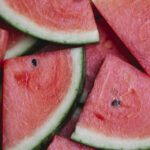 Thriving Potential: Indoor Varieties of Tall Red Succulents
Thriving Potential: Indoor Varieties of Tall Red SucculentsAloe
No succulent collection is complete without some Aloe plants. Aloe succulents are known for their medicinal properties, as their gel-filled leaves can be used to soothe burns and skin irritations. Besides their healing properties, Aloes also come in various sizes and shapes, with some species showcasing striking spikes or unique leaf patterns.
Crassula
Crassulas, also known as Jade plants, make up another prominent part of my succulent collection. These succulents are characterized by their thick, fleshy leaves and are often associated with good luck and prosperity. Crassulas are incredibly resilient and easy to care for, making them an excellent choice for beginners in succulent gardening.
In addition to these highlighted succulent types, my collection also includes other varieties such as Kalanchoe, Graptopetalum, and Aeonium. Each species brings its own charm and beauty, adding depth and diversity to my collection.
I find great joy in exploring the vast world of succulents and discovering new species to add to my collection. Each succulent type brings its own unique characteristics and care requirements, making them fascinating to observe and care for. Whether you are a seasoned succulent enthusiast or a beginner looking to start your collection, I highly recommend exploring the diverse range of succulent species available – you never know what hidden treasures you might find!
My collection includes various succulent varieties
I have always been fascinated by the beauty and resilience of succulents. Over the years, I have cultivated a diverse collection of these plants, each with its unique characteristics and charm. In this article, I will introduce you to some of the various succulent types that I have in my collection.
1. Echeveria
One of the most popular succulent varieties, Echeveria, steals the show with its rosette-shaped leaves and vibrant colors. These plants come in a range of hues, from soft pastels to bold and striking shades. With their thick leaves and compact growth habit, Echeverias make excellent additions to both indoor and outdoor gardens.
2. Aloe Vera
Aloe Vera, renowned for its medicinal properties, is another must-have in any succulent collection. Not only does it add a touch of green to your space, but its gel-filled leaves also offer soothing relief for burns and skin irritations. Aloe Vera plants are relatively low maintenance and can thrive in various environments, making them perfect for novice gardeners.
 Discover the Best Blooming Succulents for Ground Covers
Discover the Best Blooming Succulents for Ground Covers3. Haworthia
If you are a fan of unique textures and patterns, Haworthia is a succulent variety that you shouldn't miss. These plants have captivating, geometrically-patterned leaves that form rosettes or clusters. Haworthias are known for their ability to tolerate low light conditions, making them ideal for brightening up indoor spaces.
4. Sedum
Sedums, also known as stonecrops, are versatile succulents that come in a wide array of shapes and sizes. From creeping groundcovers to tall, upright varieties, Sedums offer a range of options for gardeners. These plants are drought-tolerant and can thrive in various climates, making them a popular choice for outdoor gardens and rockeries.
5. Crassula
Crassula, commonly known as jade plants, are renowned for their thick, fleshy leaves and tree-like growth habit. These succulents are often associated with wealth and prosperity and are popular choices for bonsai enthusiasts. Crassulas are relatively easy to care for and can tolerate periods of neglect, making them perfect for busy individuals.
6. Kalanchoe
Kalanchoes are known for their vibrant, long-lasting blooms, adding a splash of color to any succulent collection. These plants produce clusters of small flowers and come in various shades, including red, orange, pink, and yellow. Kalanchoes thrive in bright, indirect light and require well-draining soil to prevent root rot.
- Tip: When caring for succulents, it's essential to provide them with well-draining soil, as they are prone to root rot if left in waterlogged conditions.
- Tip: Most succulents prefer bright, indirect light, although some varieties can tolerate lower light conditions.
- Tip: Remember to allow the soil to dry out between waterings to prevent overwatering, which can lead to root issues.
By diversifying my succulent collection, I have created a visually stunning and low-maintenance oasis in my home. Each variety brings its own unique flair, making my collection a true reflection of the diversity found in the succulent world. I hope this article has inspired you to explore different succulent types and create your own captivating collection.
I have a diverse selection of succulent types
When it comes to collecting succulents, I have been fortunate enough to amass a wide variety of stunning plant specimens. Each type of succulent brings its own unique charm and beauty to my collection. From the vibrant hues of Echeveria to the intricate patterns of Haworthia, my succulent garden is a true testament to the incredible diversity found in this plant family.
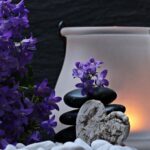 Discover the Stunning Succulents with Towering Blossoms
Discover the Stunning Succulents with Towering BlossomsEcheveria
One of the standout types of succulents in my collection is the Echeveria. With their rosette-shaped leaves and striking colors, Echeverias add a touch of elegance to any arrangement. From the deep purples of Echeveria 'Black Prince' to the pastel pinks of Echeveria 'Perle von Nürnberg', these plants never fail to impress.
Haworthia
Haworthias are another group of succulents that I adore. These small, compact plants are known for their intricate leaf patterns, often resembling mosaics or zebra stripes. Whether it's Haworthia fasciata with its white bands or Haworthia cooperi with its translucent leaves, each variety adds a unique texture to my collection.
Sedum
Sedums, also known as stonecrops, are a versatile group of succulents that come in various shapes and sizes. From the trailing Sedum morganianum, also known as "Donkey's Tail," to the upright Sedum rupestre 'Angelina' with its golden foliage, these plants offer a range of growth habits and colors that bring interest to any succulent garden or arrangement.
Aloe
Another favorite in my collection is the Aloe family. Known for their medicinal properties and striking rosette shapes, Aloes are both visually appealing and practical. From the iconic Aloe vera with its soothing gel to the architectural beauty of Aloe polyphylla, commonly known as the spiral aloe, there is no shortage of Aloe varieties to admire.
As you can see, my succulent collection is a tapestry of diverse types, each with its own unique characteristics. Whether it's the bold colors of Echeveria, the intricate patterns of Haworthia, the varied forms of Sedum, or the practicality of Aloe, my collection showcases the incredible diversity that succulents have to offer. I am constantly amazed by the variety of shapes, sizes, and colors that can be found within this fascinating plant family.
I can explore the different types of succulents in my collection
Having a collection of succulents is a great way to bring diversity and beauty into your home or garden. Succulents come in various shapes, colors, and sizes, making them a fascinating group of plants to explore.
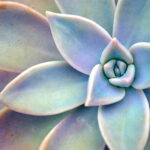 Top Blue-Green Succulents: Enhance Your Collection
Top Blue-Green Succulents: Enhance Your Collection1. Echeveria
Echeveria is one of the most popular types of succulents, known for its rosette-shaped leaves. These plants come in a range of colors, from vibrant greens to deep purples and even blues. They are easy to care for and can thrive both indoors and outdoors.
2. Aloe Vera
Aloe vera is not only a popular succulent but also has many medicinal properties. Its thick, fleshy leaves contain a gel-like substance that can be used to soothe sunburns and minor skin irritations. Aloe vera plants are drought-tolerant and prefer bright, indirect sunlight.
3. Sedum
Sedums are a diverse group of succulents that come in a wide range of shapes and sizes. From compact groundcovers to tall, upright varieties, there is a sedum for every garden. They are known for their fleshy leaves and star-shaped flowers that bloom in various colors.
4. Haworthia
Haworthia is a genus of small succulent plants that are native to South Africa. These plants have unique, geometric patterns on their leaves, which make them visually appealing. Haworthia plants are perfect for indoor gardening, as they prefer bright but indirect sunlight.
5. Crassula
Crassulas, commonly known as jade plants, are known for their thick, shiny leaves and tree-like growth habit. These succulents can be grown both indoors and outdoors, and they are often associated with good luck and prosperity. Crassulas also produce small, star-shaped flowers in shades of white and pink.
- Tip: When caring for your succulent collection, it's important to remember that most succulents prefer well-draining soil and infrequent watering. Overwatering can lead to root rot, so it's best to let the soil dry out between watering sessions.
By exploring the different types of succulents in your collection, you can create a visually stunning display while also enjoying the low-maintenance nature of these plants. Whether you're a beginner or an experienced gardener, there is always something new to discover in the world of succulents.
Frequently Asked Questions
1. What are succulents?
Succulents are plants that store water in their leaves, stems, or roots, allowing them to survive in arid conditions.
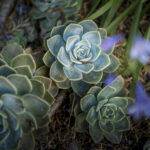 The Fascinating World of Blooming Succulents: Unveiled
The Fascinating World of Blooming Succulents: Unveiled2. How many types of succulents are there?
There are thousands of succulent species, ranging from cacti to aloe vera, echeveria, and haworthia.
3. How do you care for succulents?
Succulents thrive in bright light and well-draining soil. They require infrequent watering and are best kept in temperatures between 60-80°F.
4. Can succulents be grown indoors?
Yes, many succulents can be grown indoors as long as they receive adequate sunlight and proper care. Some varieties, like snake plants and jade plants, are particularly well-suited for indoor environments.
If you want to read more articles similar to Exploring the Diversity: Various Succulent Types in My Collection, you can visit the Varieties and Colors category.

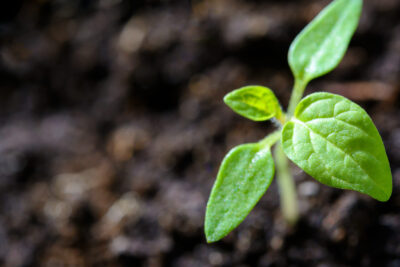
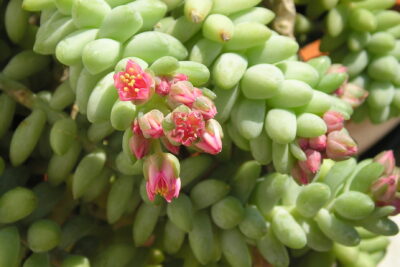



You Must Read